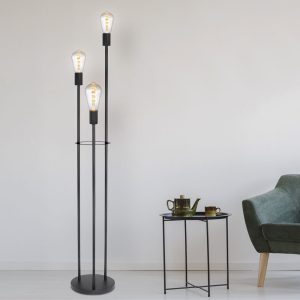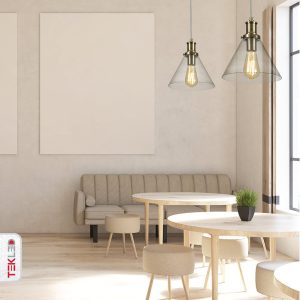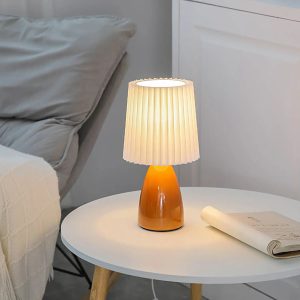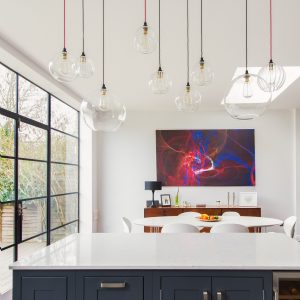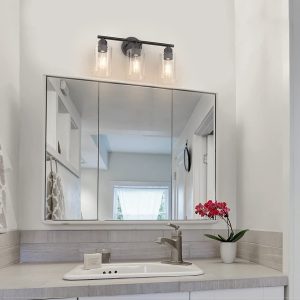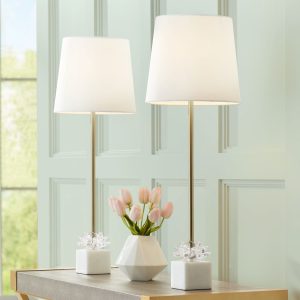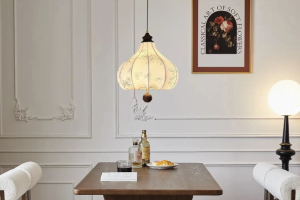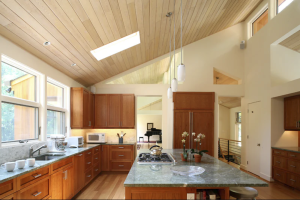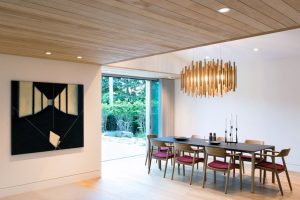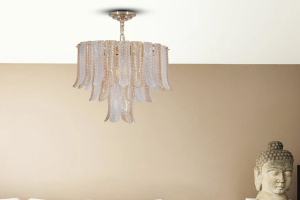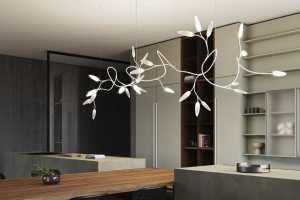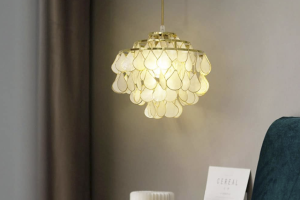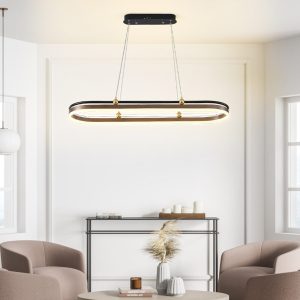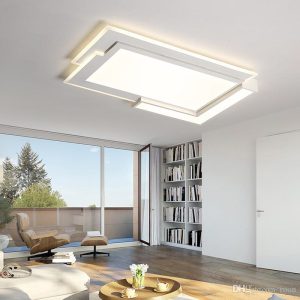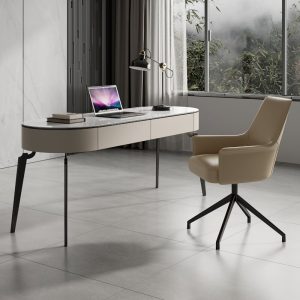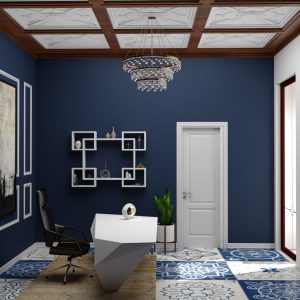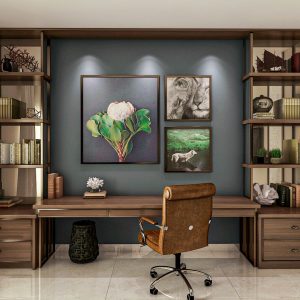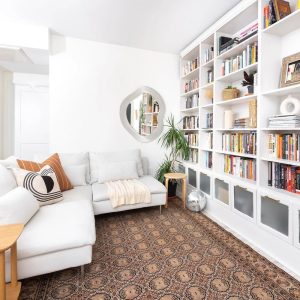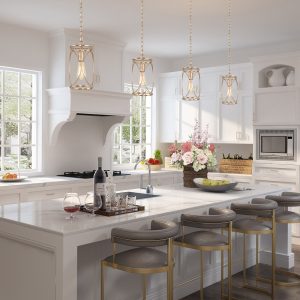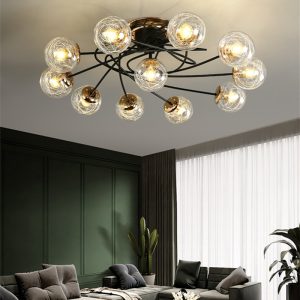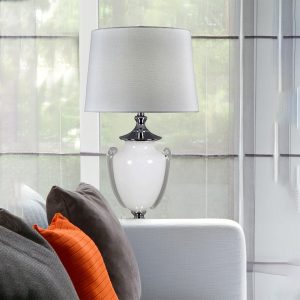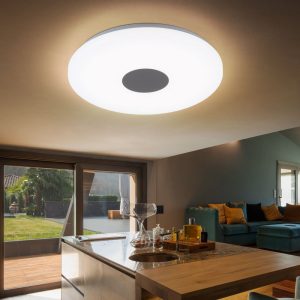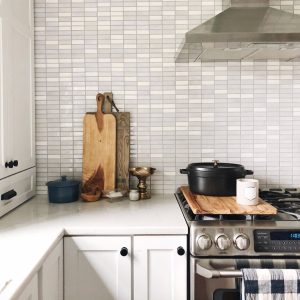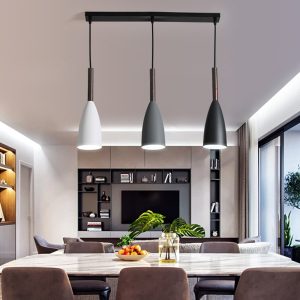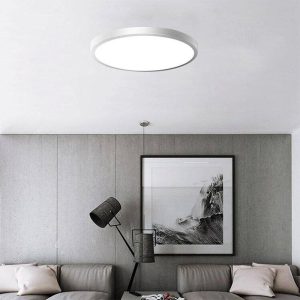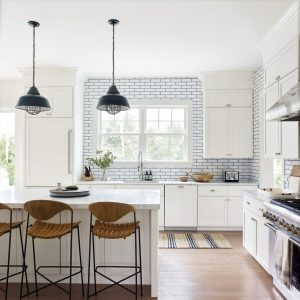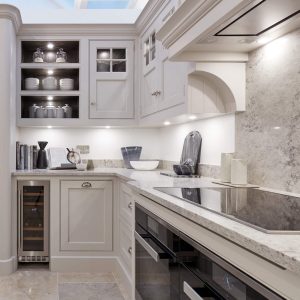
When it comes to living room design, lighting plays a vital role in setting the tone and creating a warm and inviting atmosphere. Whether you’re entertaining guests, curling up with a good book, or enjoying movie night with the family, the right lighting can make all the difference. Here are some inspiring ideas and tips for lighting up your living room.
1. Start with Natural Light
The best light for any space is always natural light. Take advantage of windows and skylights to let in as much natural light as possible. Not only is natural light more flattering, but it also creates a sense of openness and brightness that artificial light simply can’t match. Make sure to keep windows clean to maximize the natural light.
2. Layer Your Lighting
Layering your lighting means having multiple sources of light at different levels in your living room. This creates depth, texture, and interest, and can be achieved by combining overhead lighting, table and floor lamps, and specialty lighting such as sconces or uplights. Be sure to vary the brightness and color temperature of your lights to create a balance that’s both functional and beautiful.
2.1 Overhead Lighting
Overhead lighting, such as chandeliers or pendant lights, are great for providing overall illumination in your living room. However, they can be harsh and unflattering if used alone. Combining overhead lighting with other sources, such as table and floor lamps, helps to soften the harshness and create a more comfortable and inviting atmosphere. Consider installing a dimmer switch to control the brightness of your overhead lights.
2.2 Table and Floor Lamps
Table and floor lamps are perfect for creating a warm and cozy atmosphere in your living room. Use task lamps for reading or crafting, and ambient lamps for general illumination. Make sure to match the style of your lamps to your decor, and use shades to diffuse the light and reduce glare. Placing lamps at different heights and angles creates a sense of balance and adds interest to your space.
2.3 Specialty Lighting
Specialty lighting such as sconces or uplights can add drama and accentuate specific features in your living room, such as artwork or architectural details. They can also create shadows and depth that can be used to add texture and interest to your space. Consider using colored bulbs or gels to add a pop of color or a unique ambiance.
3. Think About Color Temperature
Color temperature refers to the warmth or coolness of the light emitted by a bulb, and can dramatically affect the look and feel of your living room. Warm colors, such as yellow and orange, create a cozy and intimate atmosphere, while cool colors, such as blue and green, create a more stimulating and energizing atmosphere. Consider using bulbs with adjustable color temperatures or layering different colors to create a custom ambience.
4. Be Mindful of Placement
Proper placement of your lighting sources is key to creating a balanced and functional living room. Overhead lighting should be placed in the center of the room, table and floor lamps should be placed near seating areas or task areas, and specialty lighting should be used to accentuate specific features or objects. Make sure to avoid placing lights in a way that casts harsh shadows, and ensure that all areas of your living room are well-lit.
5. Make It Personal
Your living room is a reflection of your personality and style, so don’t be afraid to add your own personal touch to your lighting design. Incorporate unique and interesting fixtures, experiment with different colors and textures, and let your creativity shine through. Remember, the ultimate goal of lighting design is to create a space that’s both functional and beautiful.

